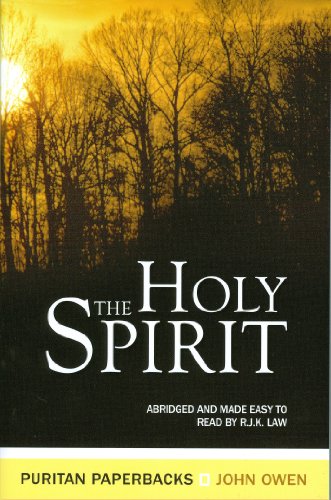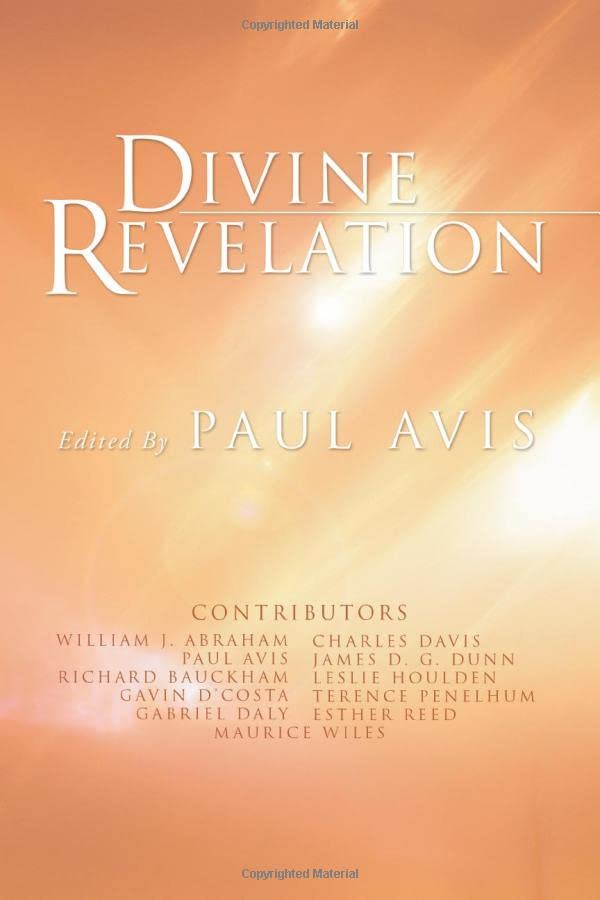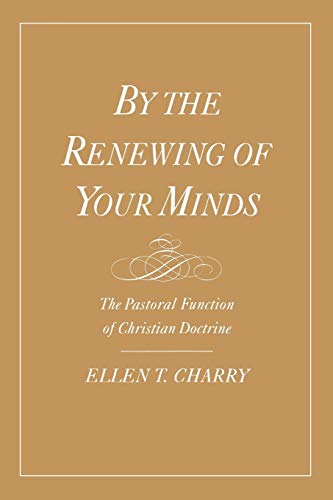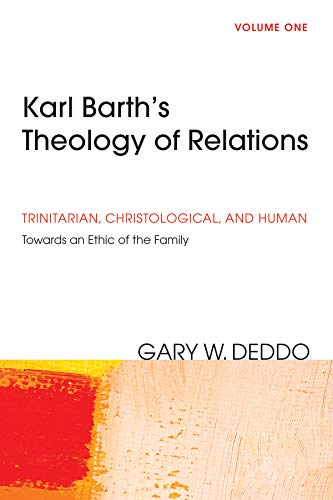Ruth and Esther, Feminist Companion to the Bible (2nd Series, vol 3)
Written by Athalya Brenner (ed.) Reviewed By Murray D. GowWhen I arrived in Britain in 1981 to commence literary study of the Book of Ruth, one NT scholar commented, ‘Hmm—hardly of central importance in Biblical Studies!’ When I returned to Britain in 1990 to prepare the manuscript for publication nobody was making that sort of comment—by then feminist study was firmly established. Since there are only two Biblical books named after women. Ruth and Esther receive continuing interest from feminist scholars. This is reflected in the rapid appearance of a second Feminist Companion volume—the first on Ruth appeared in 1993 and that on Esther, Judith and Susanna in 1995. As Brenner observes (13–14), there is no longer a need for feminist critics to justify their discipline and so they feel free to apply the results of biblical criticism to contemporary life situations. Moreover, the scope has broadened considerably as these essays discuss Torah criticism, socio-anthropological questions and so on, not to mention the impact of general feminist theory and praxis.
The discussion of individual papers must necessarily be cursory. Irmtraud Fischer argues that the book represents an authentic female voice, with Ruth as a ‘Feminist’ commentary to the Torah. In particular she sees the story as a creative halakhah of the laws on the prohibition of Moabites (Deut. 23:4–5) and on the levirate (Deut. 25:5–10). Bonnie Honig considers Ruth as a model emigrée adducing some interesting comparisons from modern studies of the politics of immigration and assimilation. Carole R. Fontaine looks at possible ambiguities in the way medieval Jewish illuminated manuscripts depict the outsider Ruth as a cat, whereas Jewish males are depicted with human heads and women with birds’ heads. Ursula Silber reports on a Bible reading of Ruth with a group of rural women in Germany. Offering an important corrective to common assumptions of male dominance because of a focus on the public jural-political domain, Carol Meyers points to the significance of informal female networks in small agricultural communities and considers the role of the neighbouring women in the story of Ruth.
Several 1997 SBL papers offer subversive readings of the relationship between Ruth and Orpah. Laura E. Donaldson considers that Orpah may be a better paradigm for American Indians as she remains faithful to her culture while Musa W. Dube’s ‘Unpublished Letters of Orpah to Ruth’ perform a similar function for African peoples. Judith E. McKinlay applies a hermeneutic of suspicion to Ruth as she considers the story in her own context as a Pakeha (non-Maori) in multicultural Aotearoa New Zealand. Athalaya Brenner offers an interesting comparison between the social place of foreign workers in modern Israel and the position of the immigrant Ruth. This section is rounded out with a response by Roland Boer.
Two papers on mothers and daughters follow. Very few Biblical texts deal with this subject, but Leila Leah Bronner offers a fruitful discussion of such evidence as exists. She notes that no mother has a voice in the stories of rape of Dinah and Tamar. By contrast when a mother (or mother figure) appears with the daughter, as in Ruth or the Song of Songs, then love also appears. Cheryl A. Kirk-Duggan compares Black mother-daughter stories with those of the Hebrew Bible. Finally, two papers on the book of Esther by Mieke Bal and Klara Butting complete the collection.
Many women in ministry can be expected to consider some of the questions raised in the Feminist Companions. As a male reviewer, I would say it is particularly important for men who teach and preach the Bible to read and ponder feminist writing, because even today the viewpoint in the pulpit is often far too androcentric.
Murray D. Gow
Kaeo, New Zealand







